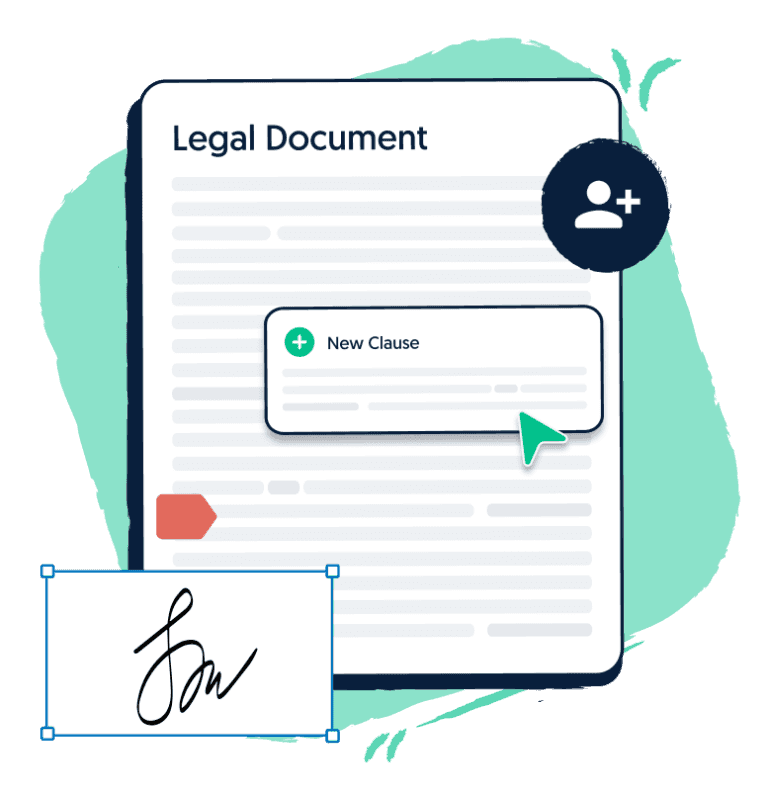

As a business, giving back to the people that make your business great with long service leave is essential. Especially when they have been with your organisation for an extended period of time. It’s a powerful way to show your appreciation and let them know how much you value them!
And what better way then long service leave—a national workplace entitlement that allows long serving employees to really ‘take a break’.
In our updated ultimate guide we’ll help you understand your employee’s long service leave entitlements and cover everything you need to know to ensure your employees are taken care of.
Long service leave is a paid leave that acts as a reward for an employee’s dedication to your business and an extended period of service. Employees become eligible once they have been with a company for a specified period of time which differs from state to state.
After a long period of working for the same employer, an employee’s entitlement to long service leave comes from the relevant laws in each state or territory and the national employment standards outlined in the Fair Work Act 2009.
Similarly, if there are any issues regarding workplace relations and modern awards, the Fair Work Ombudsman acts as an independent statutory agent that can provide free advice and information when necessary.
Long service leave is completely different from your standard annual leave. An employee will only be able to access this type of leave after a number of years of continuous employment. Due to this, entitlements tend to be longer than annual leave entitlements.
Each state’s legislation sets out the period of employment necessary for the period of leave to be granted.
Similarly, each state has an agency that deals with long service leave entitlements.

Sign up for one of our legal plans or get started for free today.
Employees can qualify if they are full time employees, part time employees or casual employees and have worked for the same employer for an extended period of time which tends to be between 7-10 years depending on the state. The specific period of absence differs from state to state and will be discussed below.
Payments are in relation to an ordinary time rate of pay. The rate of pay is based on one of the following:
Where ordinary time rate of pay does not quite apply, for example, commission-only workers, long service leave is based on their average weekly pay for the previous 12 months or 5-year period. When considering employees undertaking shift work, penalty rate and overtime pay are not included in the calculation.
Moreover, when calculating the payment, only weeks worked by an employee can be included. This means any unpaid absences, such as parental leave or unpaid sick leave should not be included in the calculation.
If you’re looking for quick calculations we recommend using the long service leave calculator.
Bonuses and commissions received by an employee are averaged over the previous 12 months or 5 years and to be included in their long service leave pay. These amounts are to be added to the weekly rate used to establish the leave payment.
However, bonuses and commissions paid to employees who are otherwise paid in excess of $162,000 annually are not included.
In NSW, long service leave is governed by the Long Service Leave Act 1955 (NSW). The key provisions for NSW long service leave outline that:
The Long Service Act 1976 (ACT) outlines the long service leave entitlements in ACT. The key entitlements are as follows:
Entitlements in Tasmania are covered under the Long Service Leave Act 1976 (TAS) and are largely the same as in NSW.
Entitlements in Victoria are governed by the Long Service Leave Act 2018 (VIC). The key provisions outline that:
The Long Service Leave Act 1958 (WA) sets out the key provisions for entitlements in Western Australia. Long service leave in WA outlines that:
While it is easy to confuse long service leave and portable long service leave as they are quite similar, there are a few key differences that you should be aware of.
Portable long service leave operates on its own, meaning that an individual would be unable to claim both normal and portable long service leave.
In NSW, an individual can claim portable long service leave when they have been employed within a specific industry for over 10 years. This means that the scope is much greater.
Portable long service leave allows these employees to take their accrued service to an industry with them as they move from job to job. Therefore, their entitlement is quite literally portable. So long as their new employer is within the same industry, their long service leave entitlements would continue to accrue. The accrual of their time becomes payable after 10 years in an industry regardless of a new owner or employer.
It is important to note that the entitlements may differ from state to state, however, portable entitlements can apply to most workers in the following industries:
Yes, it is possible that an employee can receive long service leave for one of their jobs and continue to work their other job in the meantime.
This depends on the state you live and work in. In the Northern Territory, South Australia, and Victoria this is strictly forbidden.
However, NSW, Queensland, and the ACT’s long service leave and workplace legislation do not specifically deal with the issue. As a result, it is really dependent on the contractual terms of your employment and the secondary job you are seeking to obtain.
If an employee has worked for you for over the required period, for example, 10 years and then they are dismissed, resign, or made redundant, you should pay any long service leave that has not been taken.
In NSW, an employee who has completed less than 10 but more than 5 years of service at one business may be entitled to a long service pro-rata payment if they:
When an employee has worked over 15 years, they will be entitled to an additional month on long service leave.
No, leave must be taken.
Payment of leave as remuneration can only occur upon termination of employment.
Given long service leave is for continuous service, any period of unpaid parental leave does not break the chain of service for an employer. However, the parental leave or carer’s leave cannot count towards the length of the worker’s continuous service. This means an additional period would need to be worked to make up for the unpaid leave taken.
As an employer, it is important to keep up to date with the discussed requirements so you can reward an employee’s dedication.
Any employee can qualify for long service leave if they have worked for you for an extended period of time. The period of time needed differs from state to state and different pieces of legislation will apply.
To easily cover all your bases within a contract of employment, Lawpath’s long service leave policy can be used to clarify the entitlements for both you and your employee.